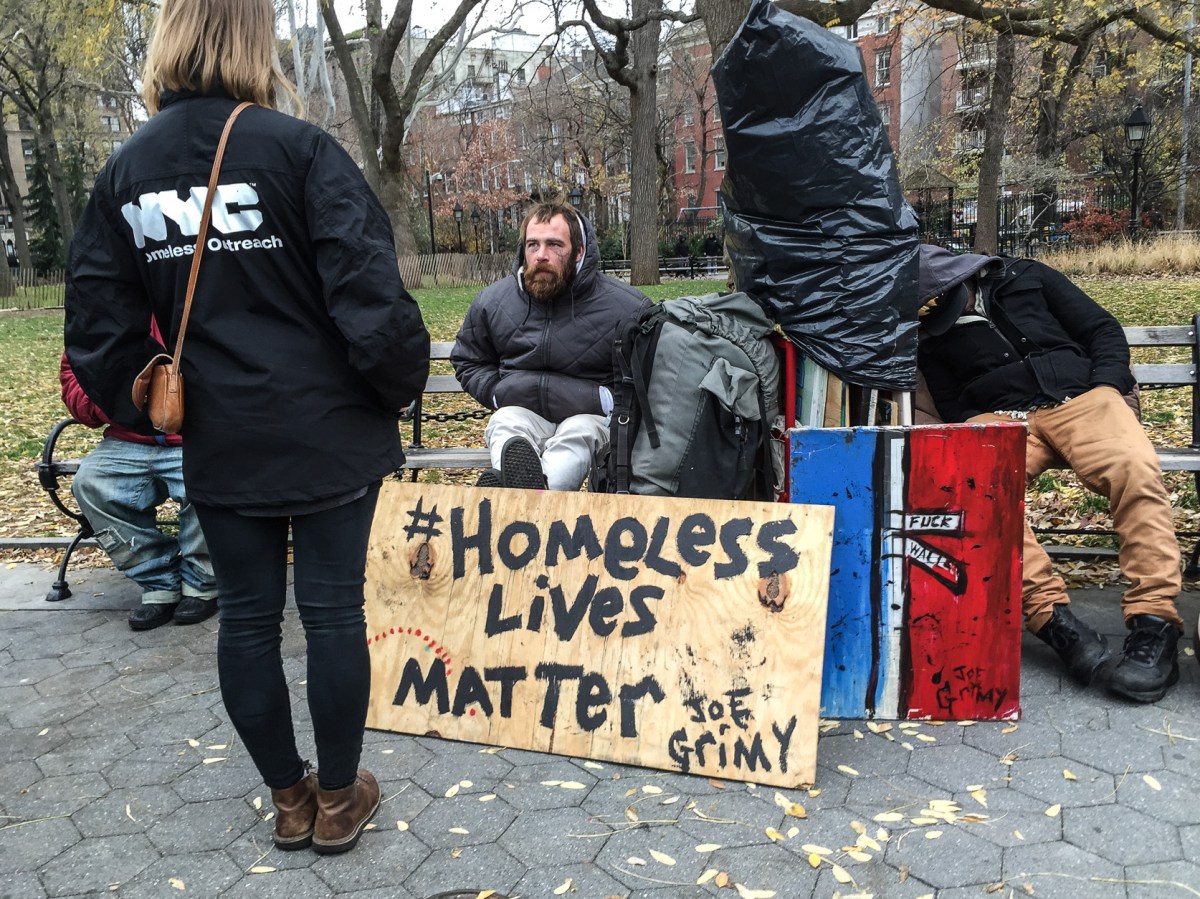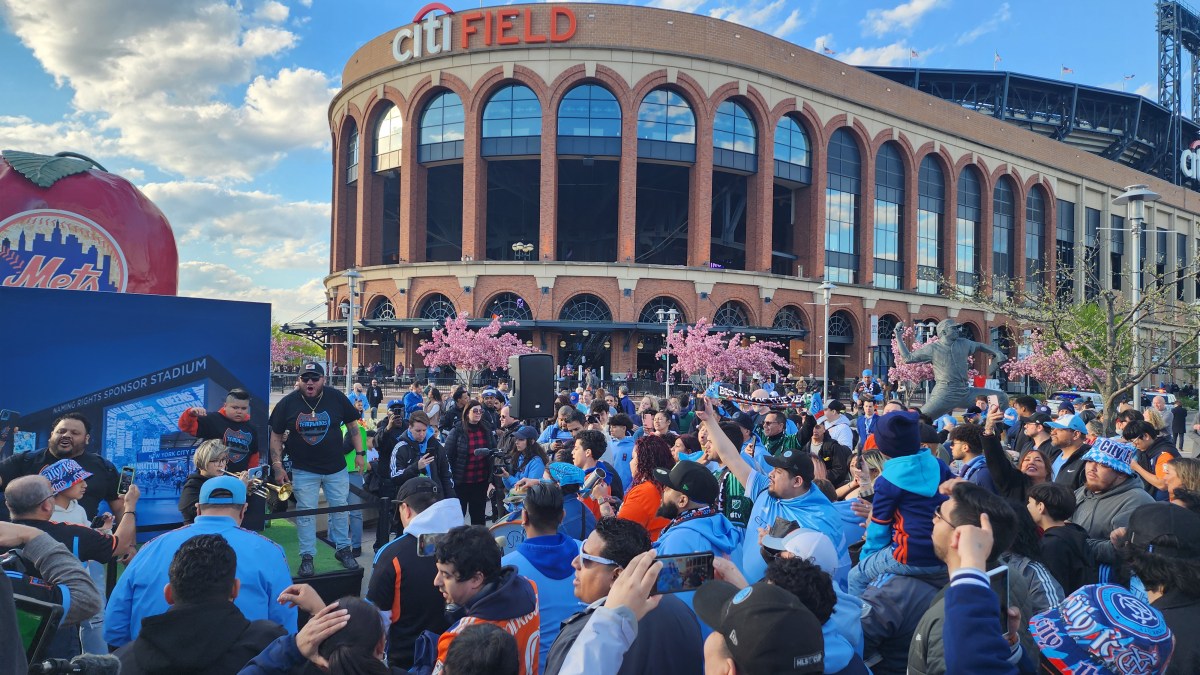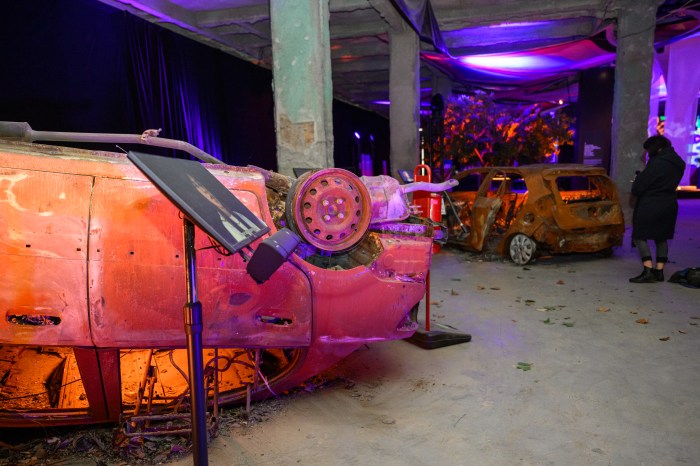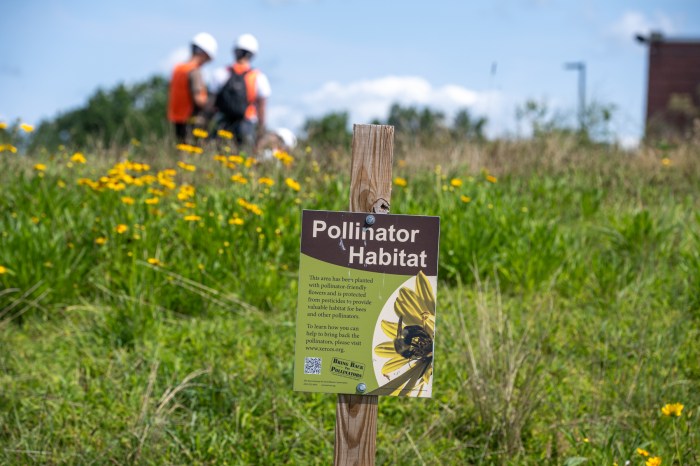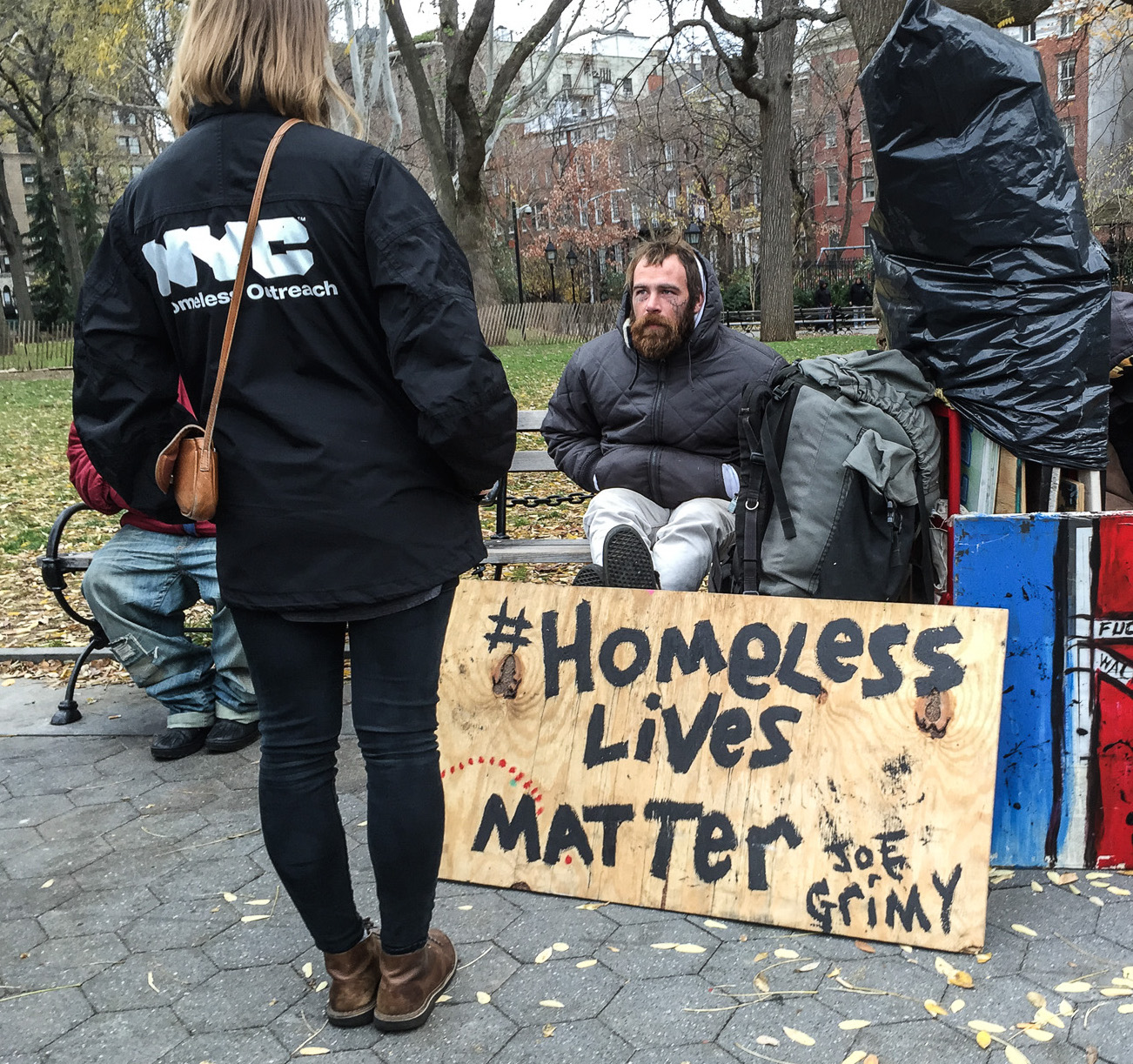
BY GABE HERMAN | As the city’s homeless crisis worsens, more people, some with mental illness and in need of help, are out on the streets and in the subways. The issue of outreach efforts was discussed at last week’s Community Board 3 meeting.
At the Jan. 22 meeting at P.S. 20, at 166 Essex St. on the Lower East Side, C.B. 3 District Manager Susan Stetzer gave a report from a district service cabinet meeting she had attended at which the issue was discussed. She said that M.T.A. police and BRC, a homeless outreach organization, along with other groups, were coordinating efforts to try to get homeless people to accept help and services, and were doing case management for all homeless people in the East Village board’s area.
“Everyone’s in agreement, including outreach, that there are a lot more homeless people in the subways this year and last year,” Stetzer stated.
Efforts to get homeless people to leave the subways include removing benches from stations and frequent check-ins throughout the night, even if it disturbs the homeless persons’ sleep. She said these methods have proven successful in getting people to accept beds and services, and that in December six people in the district accepted help.
“So it is worthwhile to call 311, that they know that there are homeless there,” she said. “I was actually kind of upset when I heard they’re removing benches, because that affects everybody, but they are saying that it has been successful.”
There are no specific numbers for how many homeless people are on the streets every day in the city, but the number is in the thousands, according to the Coalition for the Homeless.
This past November, more than 63,600 homeless people citywide spent each night in a shelter, according to the city’s Department of Homeless Services, Human Resources Administration and NYCStat shelter census reports. That was a 72 percent increase from 10 years ago.
C.B. 3 member Lee Berman, a local Democratic district leader, pushed back on the outreach efforts and said there are many homeless people outside every day, and especially around a homeless outreach unit at Madison and Grand Sts.
“Some of the community think that a lot of this is just lip service,” he said. Berman added that even on cold-weather emergency days, there is a persistent problem of homeless people outside and especially in a three-block radius of the outreach unit, having lived there for four or five years.
“Some of whom are unfortunately in need of mental services, medical services and support,” he said.
When Stetzer asked what he would like to be done, Berman replied, “Enact the policy that for cold-weather emergencies, people who are incapable of taking care of themselves need to be forced into shelters and given services, at a bare minimum. That is not occurring.”
Stetzer replied, “What you’re talking about is a situation with the law. The law says if you want to live on the street, you may live on the street.”
She added that if a homeless person is mentally ill, he or she can only be deemed so by a specific medical person, not just any outreach worker. In addition, homeless persons are not required to accept help or services unless such a qualified professional deems they are at risk of potentially harming themselves or others.
Stetzer said the outreach workers know about every homeless person on the streets and each one’s specific case, and they do care, but can only check on them, and keep checking, if they’re not seen to be in danger from the cold.
“It is not that they’re not doing their job,” she said. “We have a crisis in our city with homelessness, and right now there are limited ways to deal with it.”



